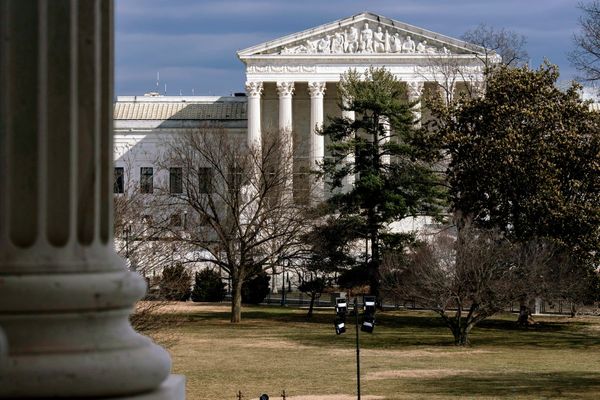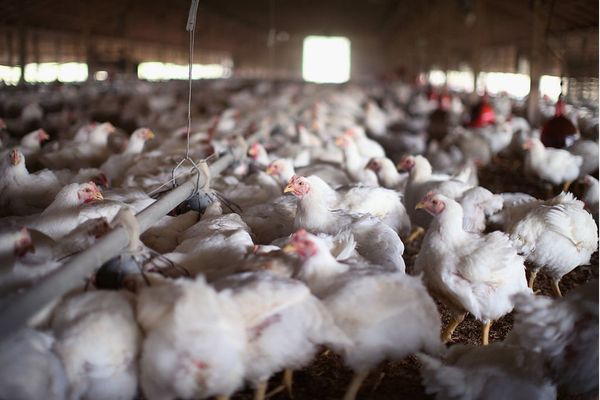
Even low levels of air pollution made COVID-19 worse, according to new research.
The new study revealed that the effects were equivalent to being a decade older and adds to the evidence that smog increased the risk of death during the pandemic.
Exposure meant an average of four extra days in the hospital for patients – further raising the burden on healthcare systems.
Lead author Professor Tim Nawrot, of Hasselt University in Belgium, said: “Our findings indicate people who were exposed to air pollution, even at relatively low levels, were sicker and needed more time in hospital to recover.
“The pandemic placed an enormous strain on doctors, nurses and other healthcare workers. Our research suggests that air pollution made that burden even greater.”
Air pollution kills more than four million people a year. Experts had suspected it was fueling the coronavirus.
Ironically air quality improved – because of lockdowns. The study showed reducing exposure was up to 80 percent as effective at combating symptoms as some of the best available treatments.

Professor Nawrot and colleagues analyzed 328 patients who were hospitalized for COVID-19 between May 2020 and March 2021.
They used data on levels of three pollutants – nitrogen dioxide, soot and fine particles (PM2.5) – at the patients’ home addresses.
Blood samples were also collected to measure amounts of soot. Other factors including age, sex and BMI (body-mass index) were taken into account.
Alarmingly, all results were below EU safety thresholds – despite slow recoveries.
Prof Nawrot said: “The size of the effect of air pollution on time in the hospital was equivalent to the effect of a ten-year increase in age.
“The results also suggested that average exposure to higher levels of nitrogen dioxide and soot over the previous four years meant COVID-19 patients stayed longer in hospital on average.”
Higher levels of soot in the patients’ blood increased the likelihood of needing intensive care treatment by more than a third (36%).
A second study of 3.7 million people over 30 showed long-term exposure to pollution at levels well below current EU limits increased the risk of contracting the virus, being hospitalized and dying of the disease.
It used data from the Danish National COVID-19 Surveillance System from the first 14 months of the pandemic combined with detailed information on the levels of air pollution at people’s home addresses over the previous 20 years.
People living with certain medical conditions, such as heart disease, asthma, diabetes and dementia, and those from more deprived backgrounds were even more susceptible to the combined effects of air pollution and coronavirus.
Lead author Dr. Zorana Jovanovic Andersen, of Copenhagen University, said: “These results show how air pollution can compromise our immune system and leave us vulnerable to COVID-19 and other respiratory infections.
“Reduction of air pollution should be at the heart of preventive measures for current and future pandemics, as well as a strategy for dealing with seasonal influenza pandemics.
“Cleaner air would make populations more resilient to respiratory infections, seasonal epidemics, and major pandemics in the future.”
Previous work in the U.S. and Italy has identified the same phenomenon.
Professor Charlotte Suppli Ulrik, head of the European Respiratory Society Assembly on the Environment and Epidemiology who was not involved in the studies, said: “We are finding more and more evidence that breathing polluted air is contributing to lung diseases, including infections.
“These studies show how exposure to air pollution at levels that are common in cities around Europe increased people’s risk of contracting COVID-19, becoming seriously ill and dying.
“The research also indicates how pollution exacerbated the strain on our hospitals and health services. Although the COVID-19 global health emergency is over, the impact of pollution on our health is continuing and we need governments to take action for the sake of our health and our health services.”
Produced in association with SWNS Talker
Edited by Saba Fatima and Asad Ali







